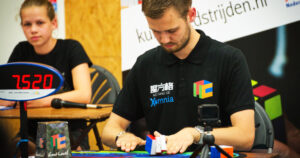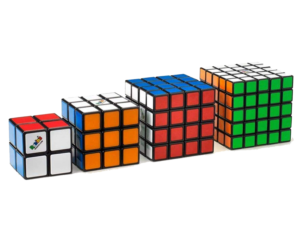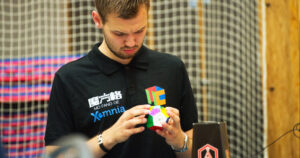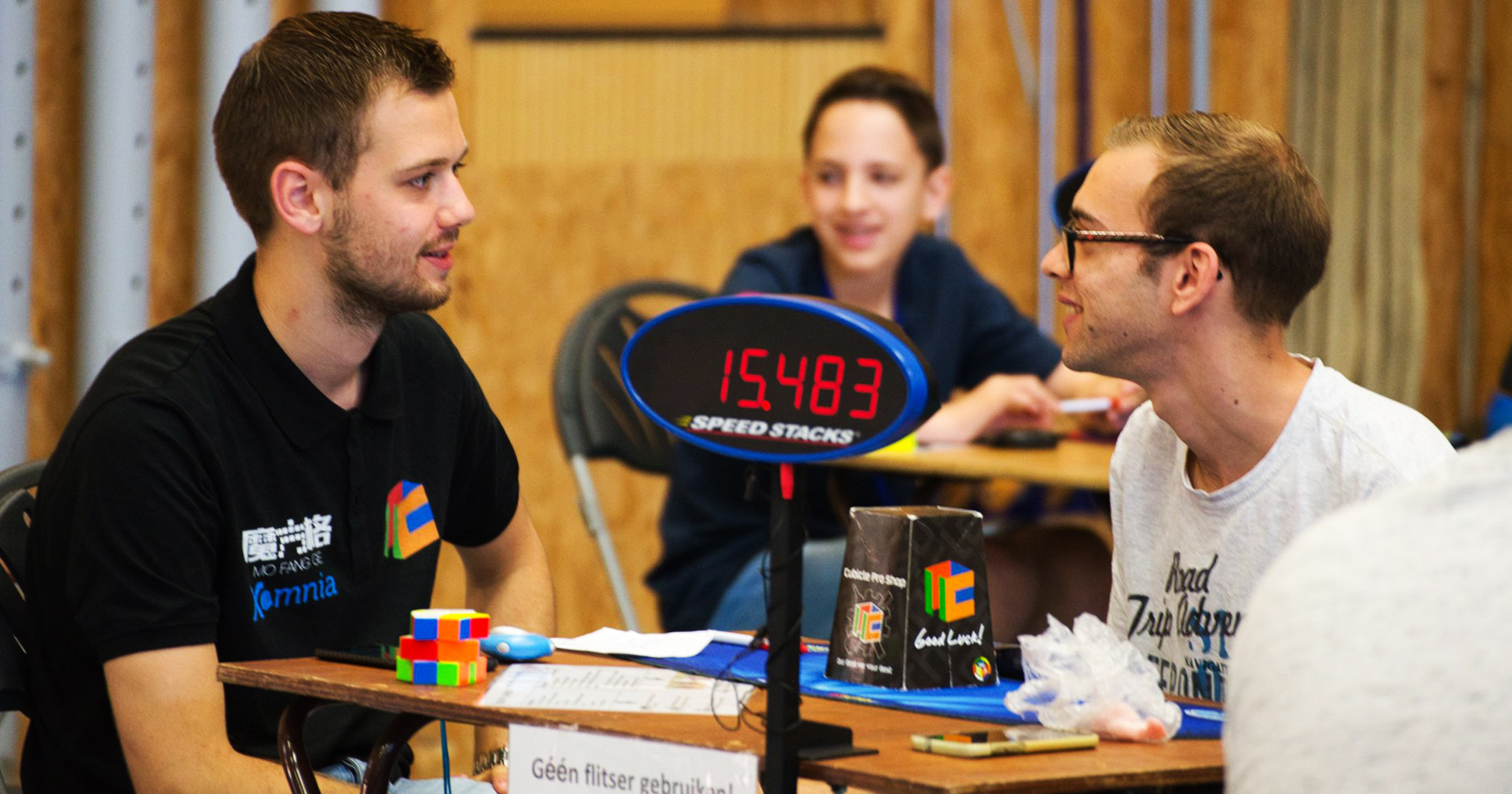Only 1% of the World’s population can solve a Rubik's cube, so if you’ve managed to do this you’re already in the 99th percentile. But what then? You could enter a competition to see how good you are compared to your peers. That’s exactly what Mats Valk does (and he’s a Rubik’s champion). He explains more about the world of Rubik’s cube competitions and how you can become a competitor.
Where can I find Rubik’s cube competitions?
Rubik’s cube competitions are held all over the world every weekend. However, the WCA World Championships are held biannually. In July 2019, top speedcubers from around the world competed in Melbourne. The championships also took place in Paris in 2017, Sao Paulo in 2015, Las Vegas in 2013, and Bangkok in 2011. These kind of big competitions are the ones that you really want to win, but when you’re just starting out, there are over twenty small competitions every weekend. These competitions are open for everyone and usually between 50 and 150 people are competing at these smaller competitions. The atmosphere is very relaxed and everyone is there to have a good time. Attending those smaller competitions helps to see how you perform compared to others. Maybe you’ll break some records or qualify for some of the bigger competitions. The WCA, short for World Cube Association, keeps track of all these records and have set some standards for competitions that should be followed Worldwide in order the be officially recognised.

How does a Rubik’s cube competition work?
Comparing people just a single time to determine who is the best isn’t fair as your times may vary. So, in a Rubik’s competition, everyone has to solve the Rubik’s cube five times. Your best and worst times are removed from your 5 attempts, and an average time is taken from the remaining three. So, you can get lucky once and make a mistake once without this impacting your average time. The average is what ranks you in the competition. Usually there are three or four rounds. In the first round, everyone competes and a fixed number of people go through to the next round. Between 10 and 16 people typically make it to the finals. In the final, everyone starts from zero again and here the winner is determined.
Scrambles - what are they?
The time it requires to solve a cube depends on the scrambled state of the cube. Some are easier and some are harder than others. To make it all fair, five random states are generated, as well as the moves that should be applied to a solved cube to get to that state. All competitors submit their own cube and the scrambles are applied to their cube. This way, everyone gets the same five scrambles and everyone has the possibility to exploit the easy situations that others have too.
Other Rubik’s cube events
Solving the Rubik’s cube as quickly as possible is the main event of every competition. For most people competing, that is the event you want to win and that person is usually considered as the winner of the competition. However, there are lots of other events held at most competitions. For example, solving a Rubik’s cube one-handed, in the fewest moves as possible or even blindfolded, where both the memorisation time and execution time counts towards the time noted. The current world record for solving a Rubik’s cube blindfolded is 16.22 seconds. The Rubik’s cube is referred to as the 3x3x3 cube, as it has 3 pieces in each dimension. But other variations exist as well, for example the easier 2x2x2 cube, but also the more difficult 4x4x4, 5x5x5, 6x6x6 and even 7x7x7 cube! A total of 18 events are recognised by the WCA, though most smaller competitions only hold a subset of these events.

Timers
The time it takes you to solve a Rubik's cube is recorded up to two decimal places. This means that accurate equipment is needed. In competition, you get 15 seconds of inspection time. Before this time is over, you need to have started the timer, a so-called stackmat. It can be activated by placing both hands on the timer and it starts running after releasing your hands. Once you’ve solved the cube, you touch the timer again with both hands to stop it. When you’re starting and stopping your timer, it’s important you are not allowed to touch the cube so that you can’t do any in-timed moves. You can imagine little time can be won by being able to start and stop the timer efficiently, which can be the difference between winning or losing.

Competitions are held almost every month in the Netherlands. If you are interested in either competing or just watching, have a look at kubuswedstrijden.nl for the latest information.


